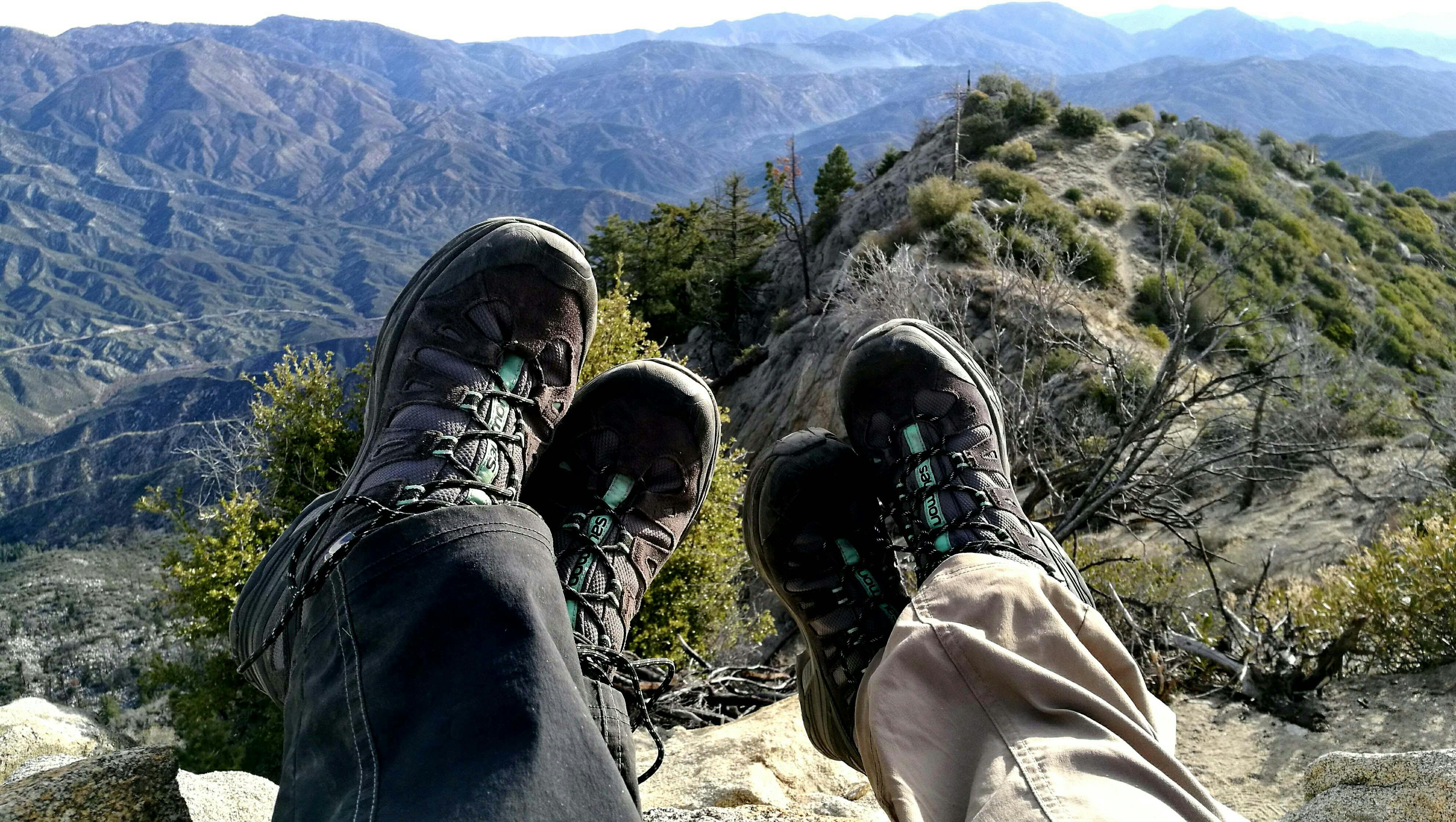There has been ongoing controversy surrounding the Tahoe Regional Planning Agency (TRPA) in regards to the responsibility of the Board of Governors, how the agency is funded, and the size and scope of its annual budget. In 2009, the budget is approximately $ 11.7 million and there is a potential revenue shortfall of $ 800,000.
The agency gets its funding from three different sources. The state of California contributes 1/3 of the money, the state of Nevada 1/6 and half of the money comes from fees. The various fees include permit fees, mitigation fees, development fees, and all kinds of fees that the agency can assess within the Lake Tahoe basin.
It is immediately apparent that if the agency relies on fees for about half of its annual revenue, it has a conflict of interest with its primary mission, which is to preserve and protect the Lake Tahoe environment. How can the agency, on the one hand, depend on development fees and other types of fees for half its budget, and yet keep lake clarity and the preservation of a relatively pristine mountainous setting a priority?
With both California and Nevada facing state budget deficits, it is only a matter of time before both states attempt to reduce their TRPA contributions. This will put even more pressure on the TRPA to increase revenue from fee sources. That is why we have been listening to TRPA for the last few years talking about sustainable development in an environmentally friendly way.
But we all know this is a difficult notion to accept when trying to reduce air and water pollution, reduce sediment and runoff going to the lake, and improve lake clarity. We cannot develop our way to a better environment, but we can take steps to improve already developed areas. For example, TRPA doesn’t even recognize the benefits of permeable asphalt and concrete, a long-proven science that must be implemented with every paving and sidewalk project in the watershed to reduce sediment runoff into the lake.
We have seen a number of large-scale new developments in various stages of approval, however the debacle in South Lake Tahoe should be a warning sign that the notion of sustainable development in Lake Tahoe is, at best, a fantasy and, at worst, an environmental and economic impact. disaster. For those of you unfamiliar with the failed convention center project in South Lake Tahoe, it’s worth stopping near Stateline and taking a walk through the bricked-up construction site. Where you once had a thriving and eclectic mix of small business owners with everything from small restaurants to quirky retail stores and boutiques, there is now a giant scar in the landscape and there is no money to complete the project.
It is tragic that the TRPA finally opened an office on Lake Tahoe’s north shore a couple of years ago and then closed it in early 2009 due to budget cuts. Think of the added air pollution, all the time and wasted gasoline, and increased road traffic because every North Shore person who needs to visit the TRPA office must now drive to South Lake Tahoe. There is no public transportation alternative, so TRPA’s budget cuts are actually helping to make the environment worse, when simply having enough money to keep the North Lake Tahoe branch open would have a positive impact on the environment. environment.
But there are solutions to these problems if we could just hold TRPA’s Board of Governors and Executive Director accountable to Lake Tahoe Basin owners. And we also need to find an independent source of funding for TRPA to return to its original mission of preserving and protecting Lake Tahoe’s environment and not being dependent on development fees for a significant percentage of its annual revenue.
Currently, the TRPA Board of Governors is comprised of a group of appointed officials. There are a couple of elected officials, but someone running for Washoe County Supervisor will neither win nor lose under TRPA issues when 95% of the electorate lives outside the basin. Having the entire Board of Governors elected directly by property owners in the Tahoe Basin would hold every member of the Board of Governors immediately and permanently accountable for their actions.
We could have regular elections for all members of the Board of Governors and every parcel in the Lake Tahoe Basin would get one vote. In this way, large hotels and corporations would not have an unfair voting advantage over the small condo owner. All property owners in the Tahoe Basin would have an equal voice in choosing the Board of Governors rather than the sponsorship process that currently exists.
When it comes to funding TRPA’s annual budget, there are two excellent alternative sources of income. The simplest measure to implement would be to have a visitor fee of $ 2 per person added to lodging bills at all hotels, motels, timeshares, vacation rentals, and other accommodations.
No one is going to cancel their vacation if it costs them $ 2, especially if they know that 100% of the money will go to a fund that is dedicated to the preservation and improvement of Lake Tahoe’s environment. With approximately 2.7 million visitors to the lake each year, that would provide roughly 50% of TRPA’s budget, eliminating the need for most fee-based income. We will never get rid of development fees and permits entirely, but they should be ancillary, not primary, sources of income.
An alternative source of income would be to take the annual budget of $ 11.7 million and divide it by all the square feet of developed land in the entire Lake Tahoe basin. So we could calculate how many cents per square foot it would cost each homeowner annually to have enough income to fully fund TRPA’s budget and provide a small amount of money for reserves.
My estimate is that it would cost the average homeowner just under $ 50 per year (possibly much less after adding in the millions of square feet of hotel and parking space). However, we could do a combination of the two revenue systems described above and then the fee revenue could be used exclusively for environmental restoration projects. In addition, we would get voting rights and a huge measure of liability that is lacking in the current system.
If we don’t reform TRPA’s budget and oversight processes, the clarity of the lake will continue to diminish and we will kill the goose that lays the golden eggs. One summer I stayed in a cabin on a dead lake in New Hampshire (an algal bloom killed all the fish). It is an environmental and economic tragedy that we never want to happen here in Lake Tahoe. And with threats from invasive mussels, non-native plants, wildfires, sediment in runoff, air and water pollution from cars, trucks and boats, and future development, it will take a lot of effort to preserve and protect our beautiful lake.



